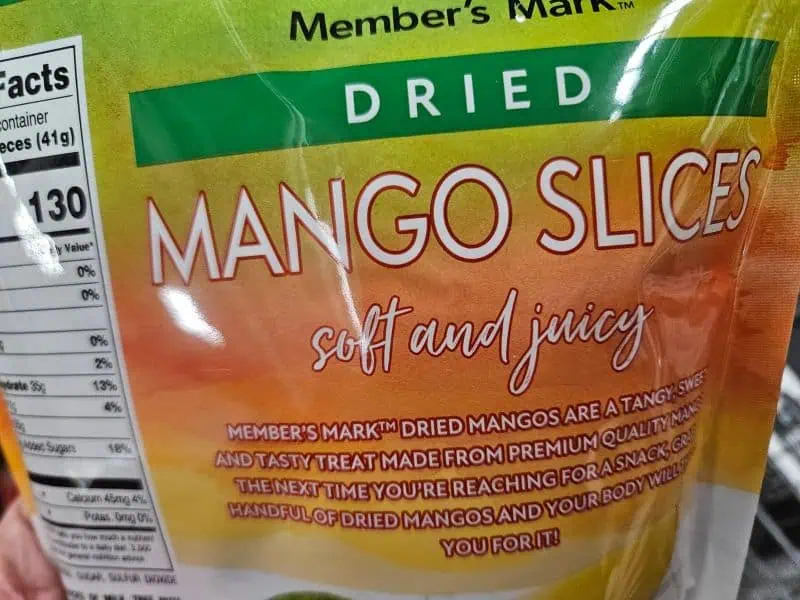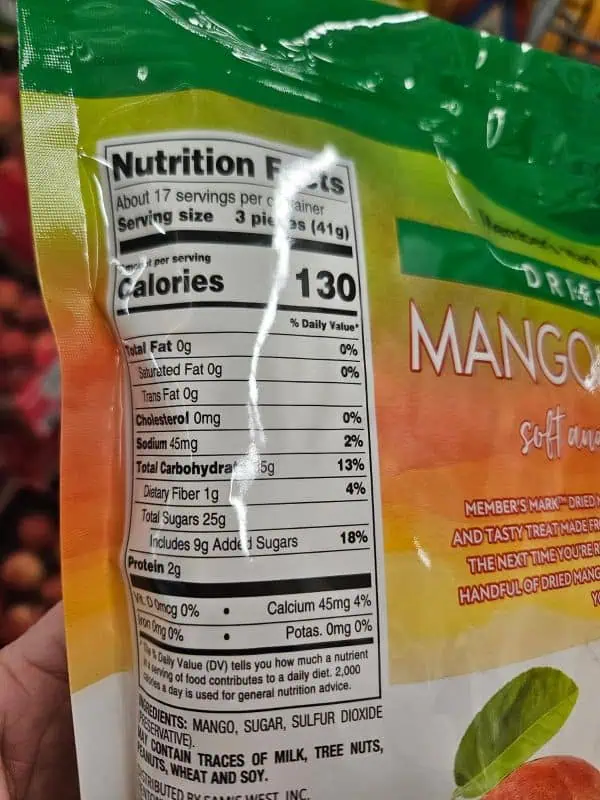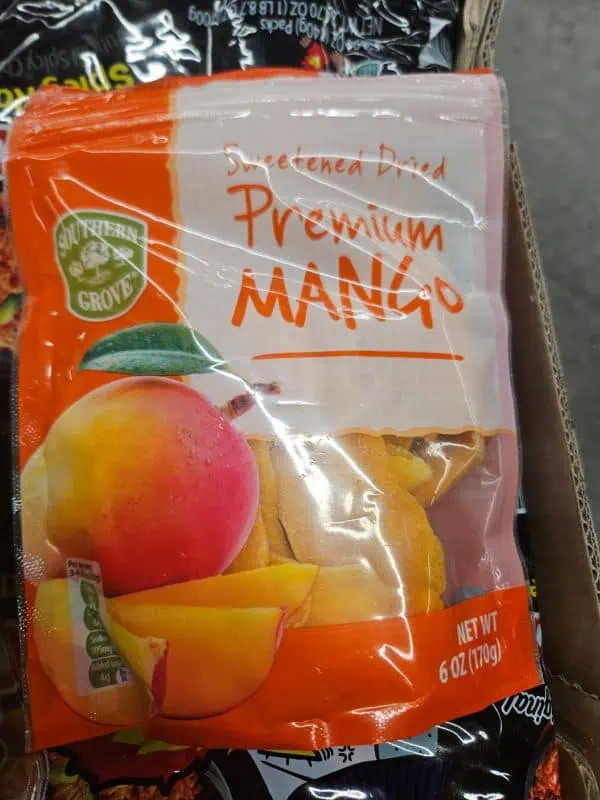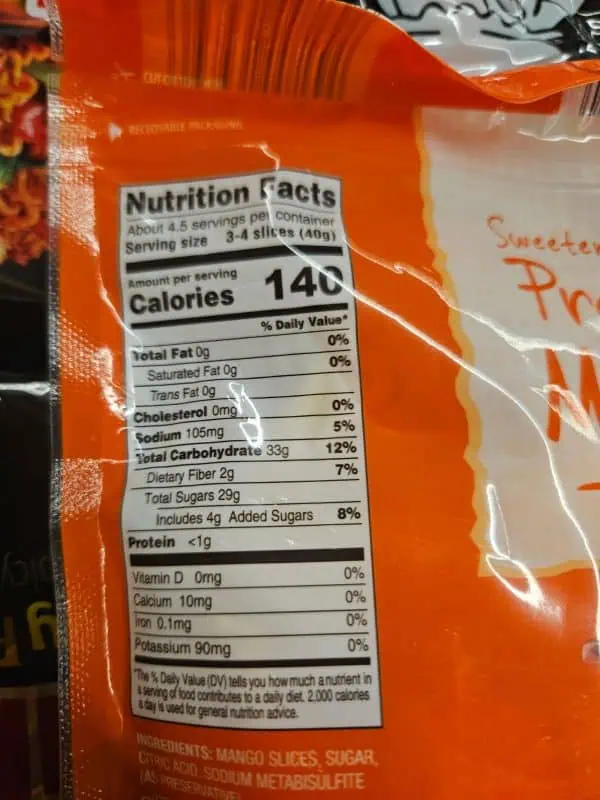At The Body Mechanic, healing doesn’t stop at the treatment table—it continues in your kitchen and grocery cart. One of the most common nutrition traps we see? Trusting that a food is healthy just because it looks like it should be.
Let’s unpack a real-world example that might surprise you.
The Mango That Lied
Recently, one of our therapists picked up a large bag of dried mango slices
from Sam’s Club. Mangos are known for being high in potassium, a critical
electrolyte that helps regulate muscle contraction and nerve signaling. So
naturally, this seemed like a smart snack choice.

But the label said something unexpected: 0% potassium.
Wait… how is that even possible?

The Dehydration Deception
Commercial dried fruit often goes through a process designed to make it
shelf-stable, consistent in texture, and more visually appealing. That
usually involves:
- Blanching: a hot water or steam bath that softens the fruit
- Sulfite treatment: to preserve color and prevent browning
- Forced air dehydration: high heat that rapidly removes moisture
Unfortunately, blanching and heat processing strip out key nutrients; especially
water-soluble minerals like potassium and magnesium. So even though a raw
mango might have over 300mg of potassium per cup, the final product might
contain none at all.
And then comes the kicker: added sugar.
Many dried fruit brands replace what was lost nutritionally with sweeteners
to enhance taste and boost sales.
Why This Happens: It’s Not Just About Taste
It’s about dopamine. Sugar triggers the same brain pathways associated
with pleasure and addiction. Manufacturers know this and lean on it; replacing real nutrition with something your brain will crave again and again.
So now, instead of a natural, potassium-rich fruit snack, you’re eating
what amounts to a fruit-shaped candy with zero of the benefits and all of
the blood sugar consequences.
How to Outsmart the Label Game
1. Flip the package.
Ignore the front. The truth is always on the Nutrition Facts and Ingredients list.
2. Verify expected nutrients.
If you’re buying dried fruit and see no potassium, no fiber, or extremely high sugar—stop and reconsider.
3. Seek single-ingredient snacks.
A quality dried mango should say just one thing: “mango.” No added sugars or preservatives.
4. Question health buzzwords.
“Natural,” “real fruit,” and “gluten-free” don’t mean healthy. They just mean well-marketed.
5. Buy from trusted brands.
Smaller companies often preserve more nutrients and skip unnecessary additives. They cost a little more, but your health is worth it.
Nutrition Is Pain Relief
At The Body Mechanic, we talk a lot about hydration, electrolytes, and muscle function.
Why? Because pain relief doesn’t just come from hands-on work. It comes from fueling your body with the right inputs. Without enough potassium, your muscles cramp. Without enough magnesium, your nerves misfire. Without reading the label, you’ll never know what you’re really feeding your pain—or your healing.
Bottom line:
Read the label. Trust your body—not the front of the package.


